Artificial and Organic
Tap the yellow hotspots to see more information on the selected object.
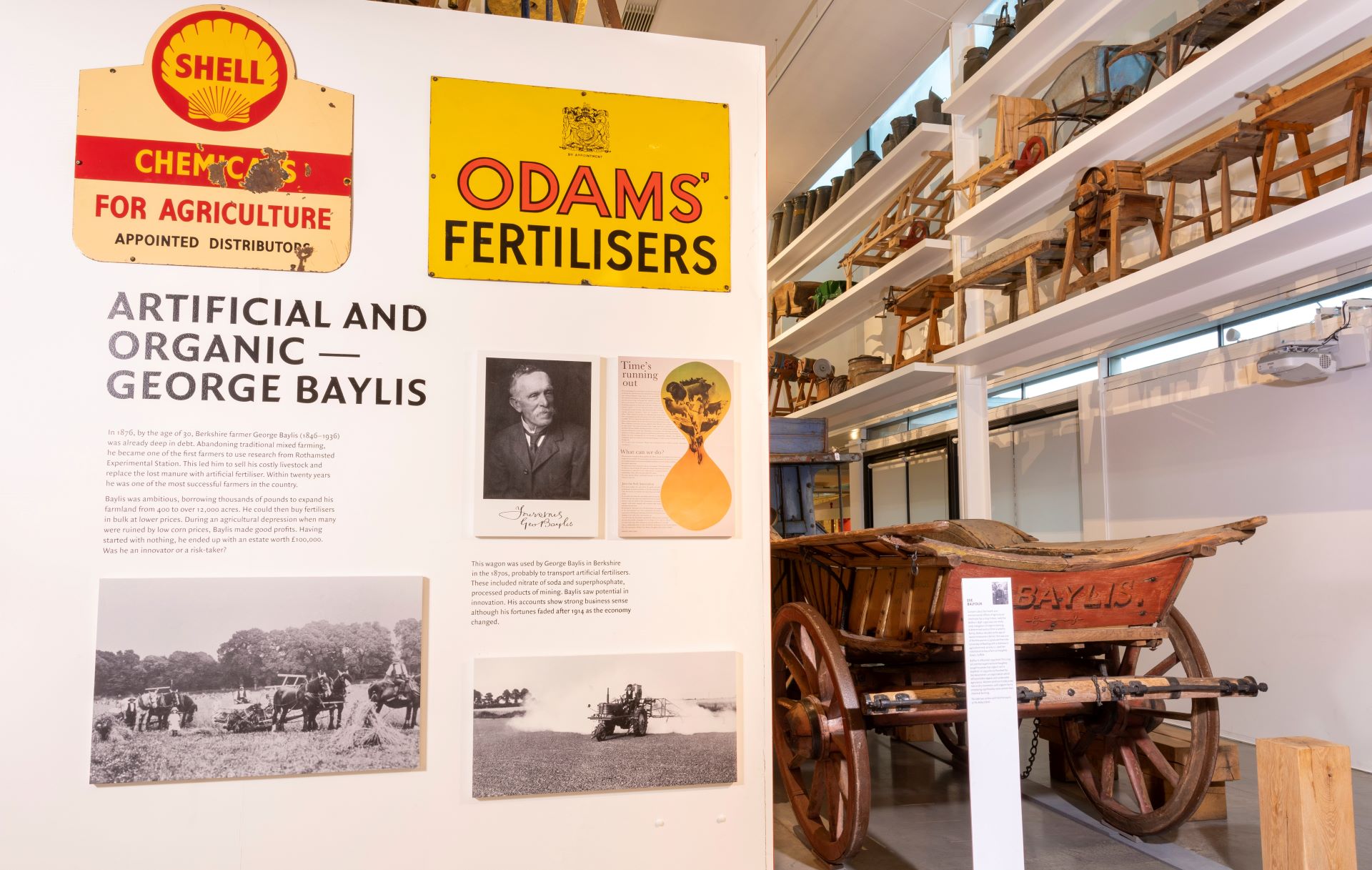
Shell sign
Fertiliser sign
George Baylis photograph
Crop spraying photograph
Soil Association poster
Berkshire wagon
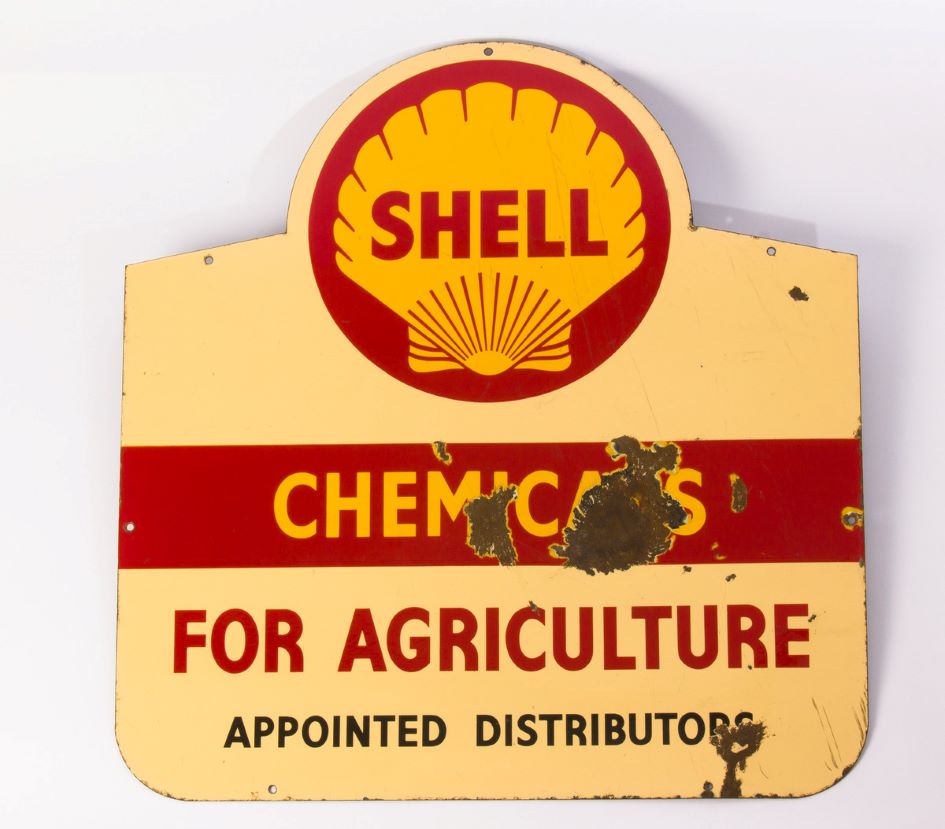
Shell sign
This is a 1960s enamel advertising sign for Shell Chemicals. Shell invested heavily in agricultural chemicals like DDT, which is now barred from agricultural use worldwide by the Stockholm Convention.
Pesticides are used in agriculture to kill pests that damage crops. Although they can significantly increase crop yields, their use can come with an environmental cost as they can seriously harm humans and other wildlife, unless they are used very carefully. Attitudes to pesticides started to change when Rachel Carson published the book Silent Spring in 1962, where she questioned the long-term impact on health and ecology of pesticides.
MERL 2009/51
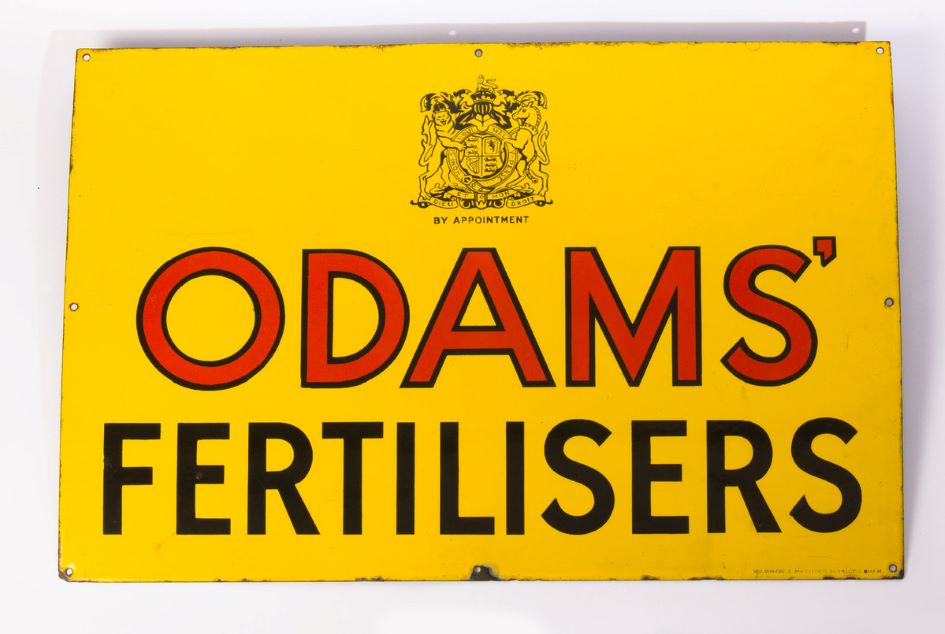
Fertiliser sign
This is a 1930s enamel advertising sign for ‘Odams’ Fertilisers’ advertising superphosphate fertiliser, which used mixed animal bones and sulphuric acid. In the 19th century an agricultural industry developed around synthetically created fertilisers which transformed global food production, encouraging large scale industrial agriculture and much improved crop yields.
However, the use of synthetic fertilisers has significant environmental consequences including global warming, agricultural runoff and water contamination, soil degradation plus build up of toxins in ecosystems. Approaches to address these issues encourage the use of less synthetic fertilizers and more organic fertilisers, and better soil management.
MERL 2009/59
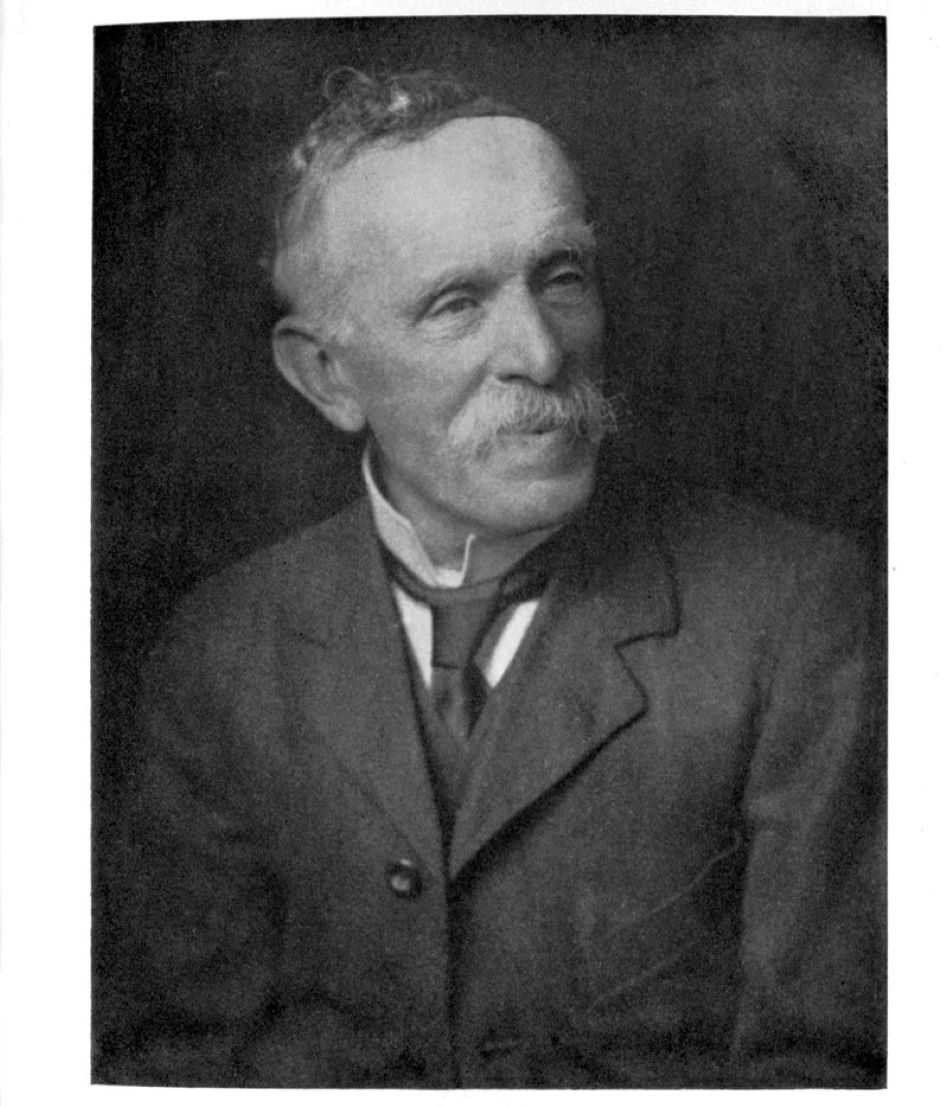
George Baylis photograph
George Baylis of Wyfield Manor, Boxford, near Newbury, was a farmer who, in the 1860s, started with a mixed farm of 350 acres and added holding after holding until he was farming 12,000 acres for the production of wheat and barley alone. He did this by abandoning traditional livestock manure dependent crop rotation and adopted all-arable rotation using artificial fertilisers based on research from Rothamsted Research Station, based at Harpenden, Hertfordshire. He acquired land cheaply in times of agricultural depression which coupled with his revolutionary farming methods allowed him to grow his farms quickly and very significantly.
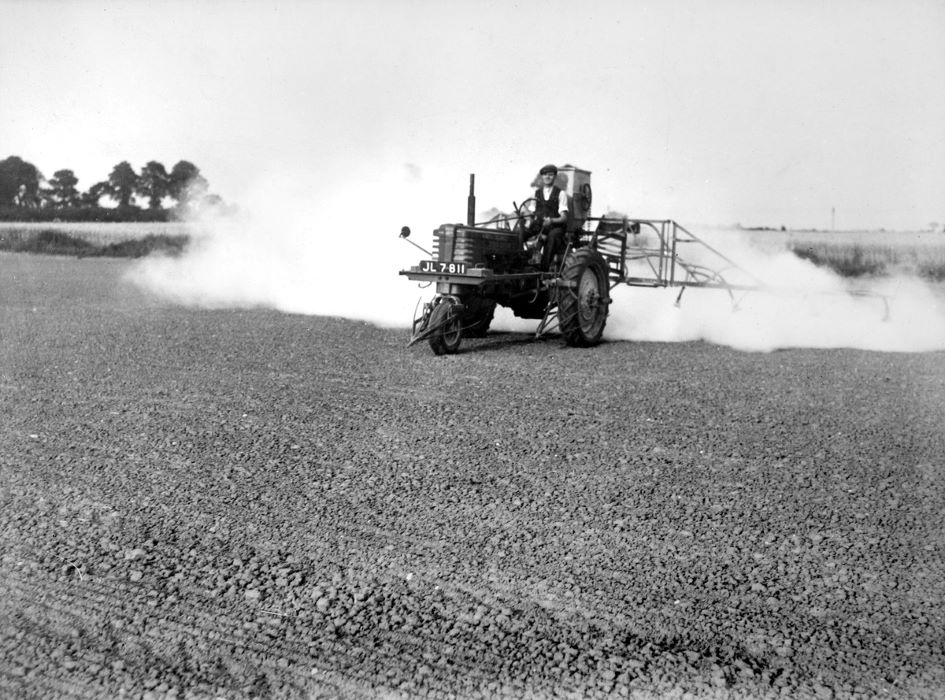
Powder dusting photograph
This is a photograph of a powder dusting machine mounted on a tractor applying Flea Beetle dust in 1945. A danger of spraying or dusting crops with pesticide is that of pesticide drift where the toxic chemicals can spread farther than just the target crops. This can cause serious medical issues for humans applying the pesticide and those living and working near to the crops. The pesticides can also cause unwanted harm to other plants and wildlife.
The Soil Association and other environmental organisations have long expressed concern that the means of delivery of many pesticides still need to be further improved.
MERL P FW PH2/S45/6
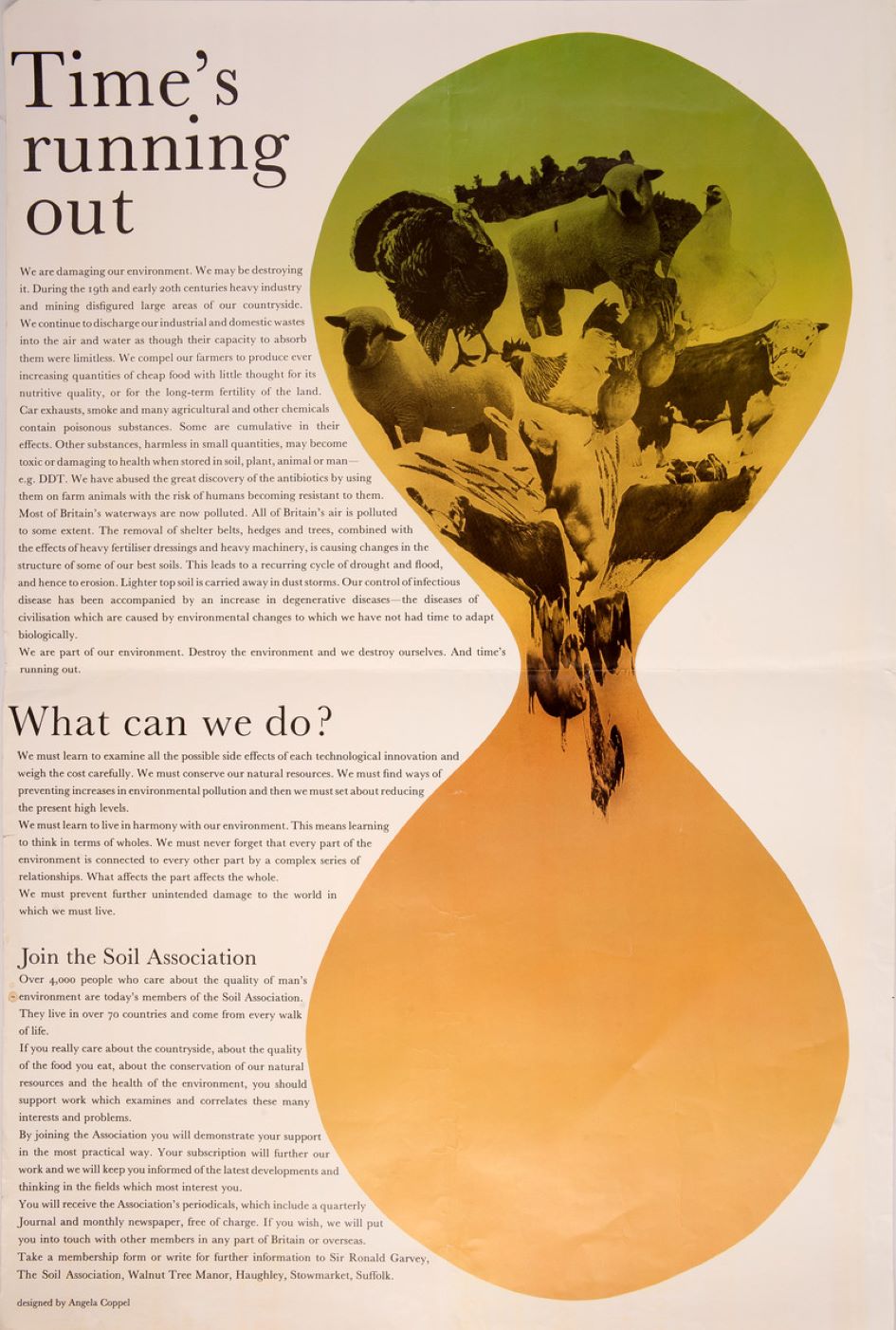
Soil Association poster
This Soil Association Poster entitled “Time’s running out” was produced around 1970. It warns how we are damaging our environment, informs of what we should do to help protect the environment and encourages readers to join the Soil Association.
The Soil Association is a UK based charity which campaigns on issues including opposition to intensive farming, support for local purchasing and public education on nutrition, plus the certification of organic food. It was founded in 1946 following the publication of “The Living Soil” by Lady Eve Balfour in 1943 which outlined an alternative, sustainable approach to agriculture, now known as organic farming.
MERL SR 3CPRE F2/23
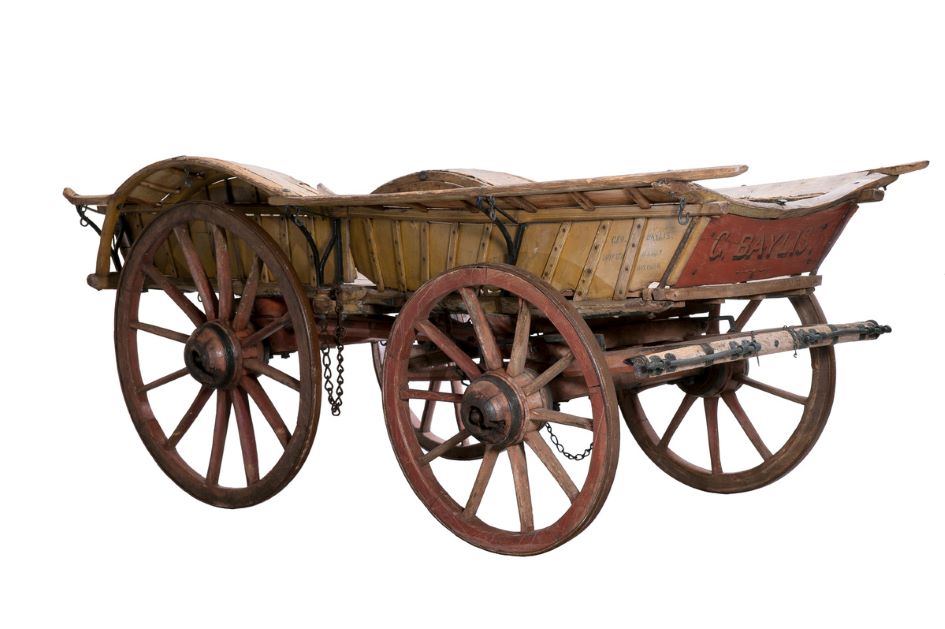
Berkshire wagon
This 1870s bow wagon was built for George Baylis of Wyfield Manor, Boxford. It was used to transport artificial fertilisers, including nitrate of soda and superphosphate. In West Berkshire and East Wiltshire the most common wagon was the narrow wheeled, straight framed Wiltshire wagon. This narrow waisted body frame West Berkshire wagon was an attempt to improve the poor turning circle of the traditional Wiltshire wagon. Although an improvement on the Wiltshire type, it never became widespread in West Berkshire. In East Berkshire, South Midlands type wagons were common and in South Berkshire, Surrey type wagons were popular.
MERL 54/365